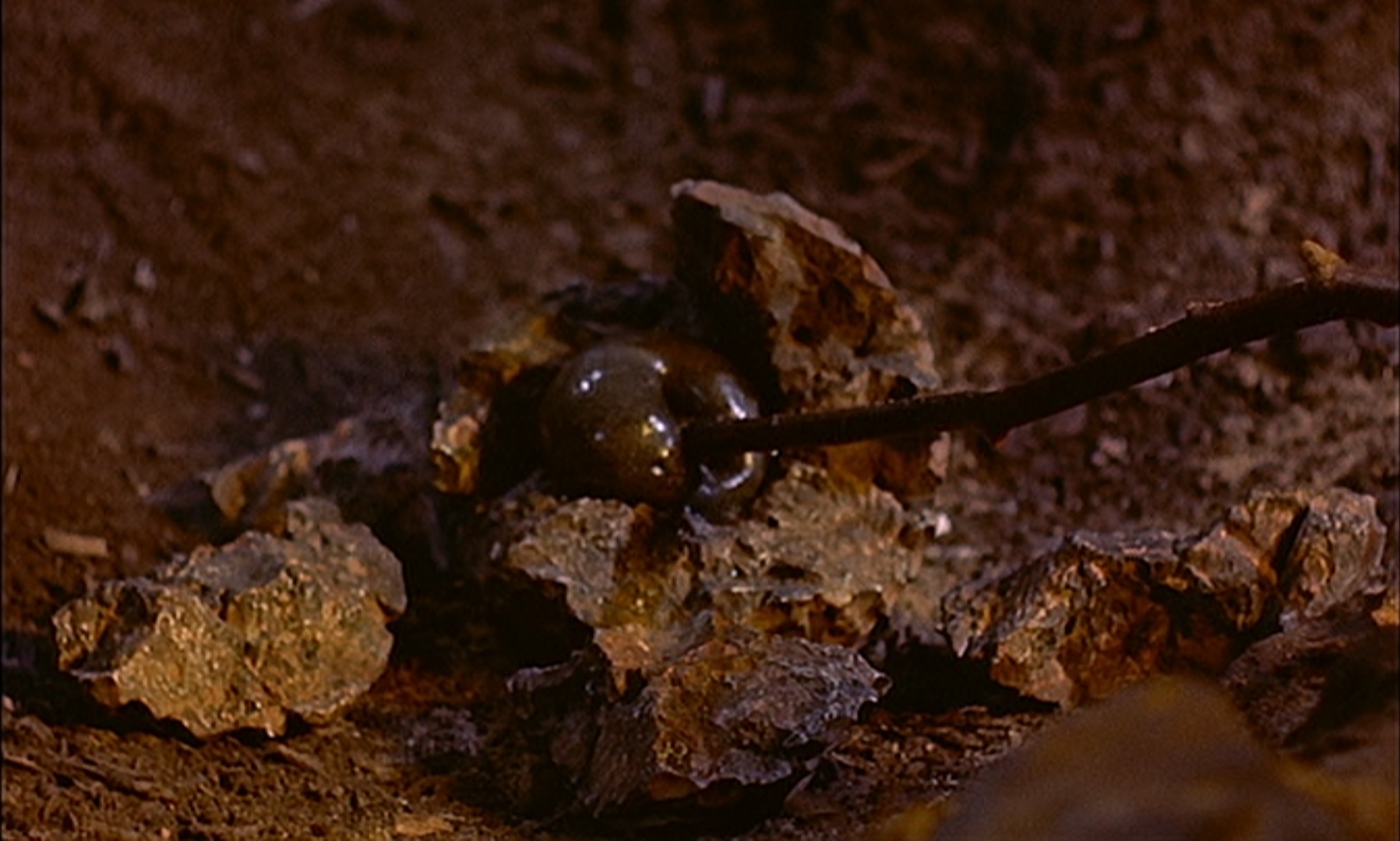Science
Related: About this forumMeteorite used by Prehistoric Eskimos before Introduction to Iron, Tools and Weapons made from Space
Meteorite used by Prehistoric Eskimos before Introduction to Iron, Tools and Weapons made from Space Rock, Archeologists Say
By Kimberly M. Aquilina | Jan 15, 2015 04:22 AM EST

Before the Iron Age, hunters in Greenland had a Meteorite Age, according to The Daily Mail. Prehistoric hunters used rocks that had fallen from space to make tools and weapons.
The larger fallen rock is believed to have crash-landed on Cape York Peninsula in north west Greenland 10,000 years ago and split into eight pieces including what are known as: Ahighito, or the Tent (31 tons), The Man (22 tons), The Woman (2.5 tons) and The Dog (half a ton).
The "family" of rocks resides at the American Museum of Natural History, delivered by 19th century arctic explorers.
Evidence has been uncovered by researchers at the National Museum of suggesting native "Paleo-Eskimos" had been chipping away at the space rocks for hundreds of years.
More:
http://www.hngn.com/articles/60572/20150115/meteorite-used-prehistoric-eskimos-before-introduction-iron.htm
DFW
(54,410 posts)If Ice Age Eskimos were "chipping away" at solid iron meteorites, I'd sure like to know WITH WHAT? Black & Decker diamond-tipped metal saws? I get it that they weren't hunting seals with 22 ton hunks of space metal, but trying to chip away at one of those things with a sharp piece of whale bone probably didn't yield much more than enlarged biceps.
Hekate
(90,714 posts)Very interesting to think of the Eskimos mining iron delivered to them by the sky gods!
And rather wretched to think of Robert Peary stealing the biggest one to take home as a novelty souvenir. What nerve to take away the entirety of such a valuable resource.
Hekate
(90,714 posts)"They did a heck of a lot of hammering," said archeologist Jens Fog Jensen. "The blacksmiths would start by knocking off a small piece, thoroughly beating it flat and giving it a sharp edge, then hardening it further so that it could serve as an arrowhead or flensing knife."
DFW
(54,410 posts)Still, I think it would have been tiring work. I stick to my opinion of the biceps!
Spitfire of ATJ
(32,723 posts)Enthusiast
(50,983 posts)Heh heh.
muriel_volestrangler
(101,322 posts)and they did it after 'the Iron Age' had started elsewhere - "for hundreds of years".
There's actually more in the Daily Mail article than this one that nicked the story from it.
Weapons made from the meteorites have been found as far away as Canada.
...
Dr Appelt added: 'It has been traded over large distances and testifies to the significance of the meteorites from the Thule as a source of iron in the Eastern Arctic.'
...
It is thought that the Thule's take over of the trade in meteorite iron is thought to have been partly responsible for the demise of the Dorset culture.
http://www.dailymail.co.uk/sciencetech/article-2909898/Before-iron-Greenland-METEORITE-Age-Prehistoric-Eskimos-mined-giant-space-rocks-make-tools-weapons.html
Brother Buzz
(36,444 posts)And only through trial and error, they learned that by periodically heating their work in a hot a fire, stresses were relieved that reduced cracking and catastrophic breaking. I suspect they also realized working the iron hot would have been more efficient, but the fuel to drive the fires was at a premium.
nikto
(3,284 posts)
...
Bad Move...

Ned Flanders
(233 posts)I wonder what impact the removal of those rocks by explorers had upon the natives?
I heard a story about an explorer/early settler in Northern California, John Bidwell, finding a canoe on the shore of Lake Almanor. He brought it south and eventually donated it to a museum, where you can still find it to this day (Sutter's Fort). Years later an elderly Native American from the Northern Maidu recognized it as the communal canoe, shared by multiple families on Lake Almanor, until one day it mysteriously disappeared.
Brother Buzz
(36,444 posts)The dugout canoe once displayed at Sutter's Fort was a Yurok canoe from the lower stretch of the Klamath river and now resides in the California State Indian Museum, adjacent to the fort.
Johnny Rash
(227 posts)I am pretty certain, that it's not this one!
So, where is it?
Orsino
(37,428 posts)...so it became a weapon.